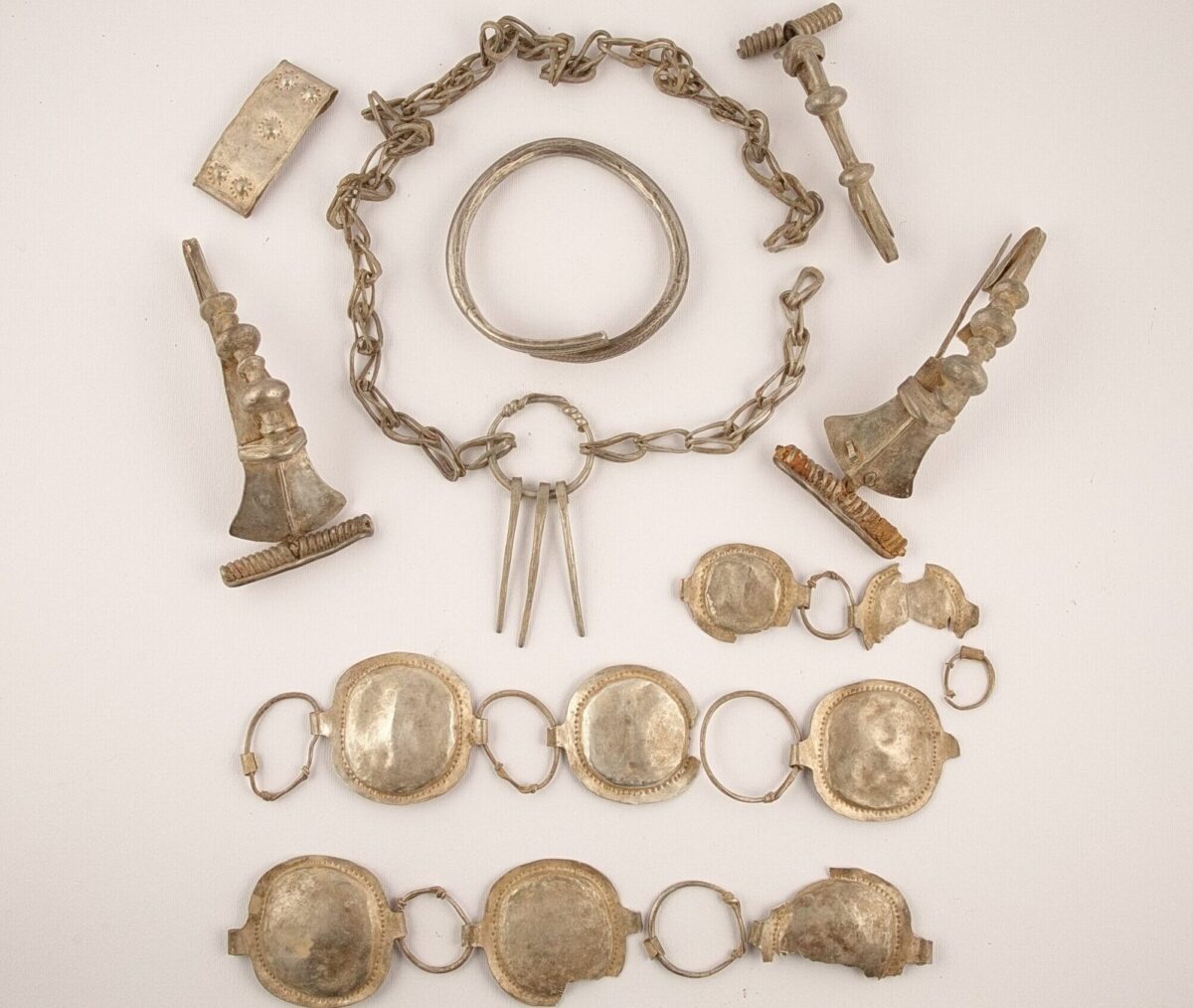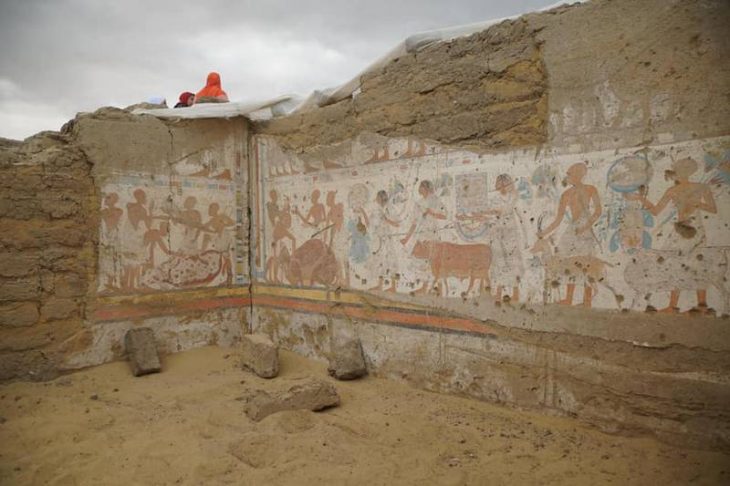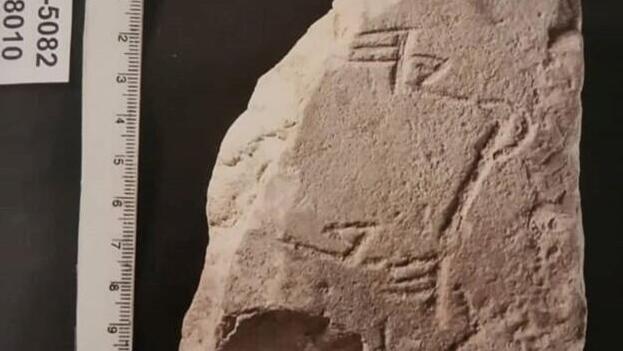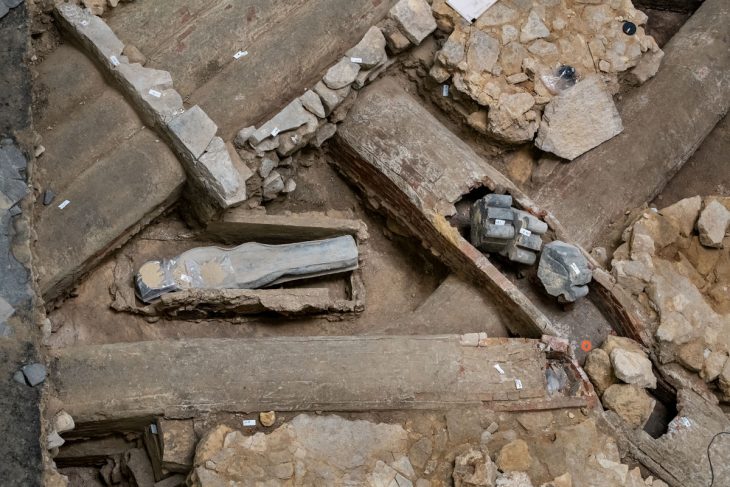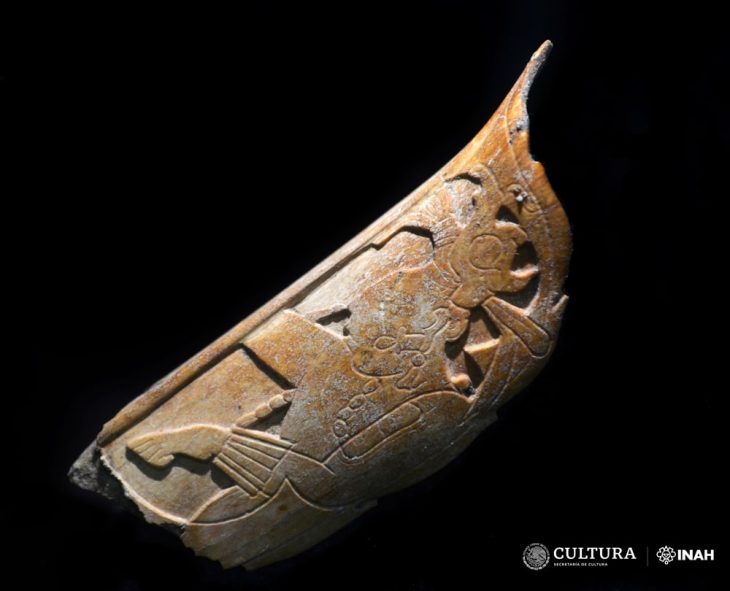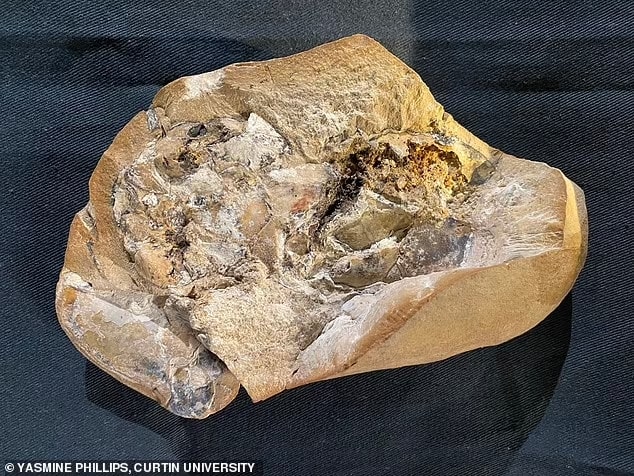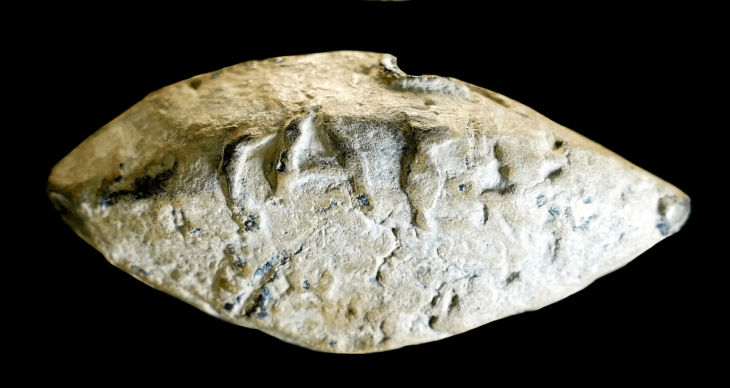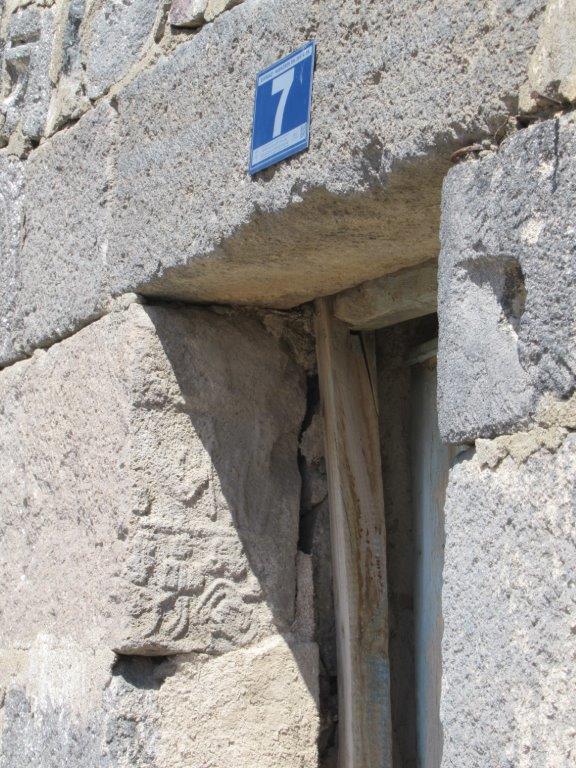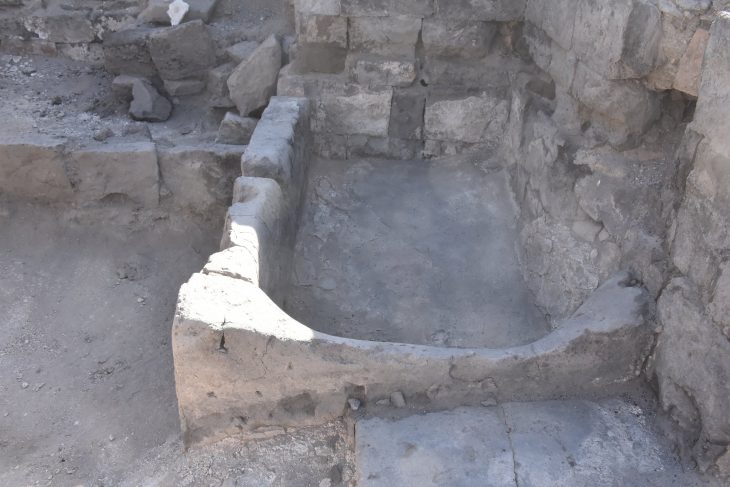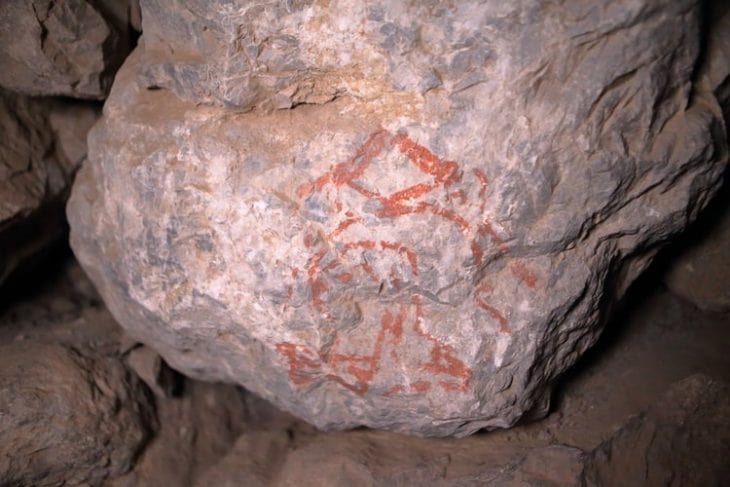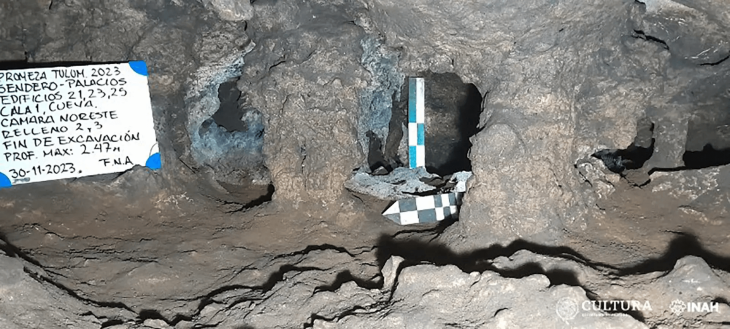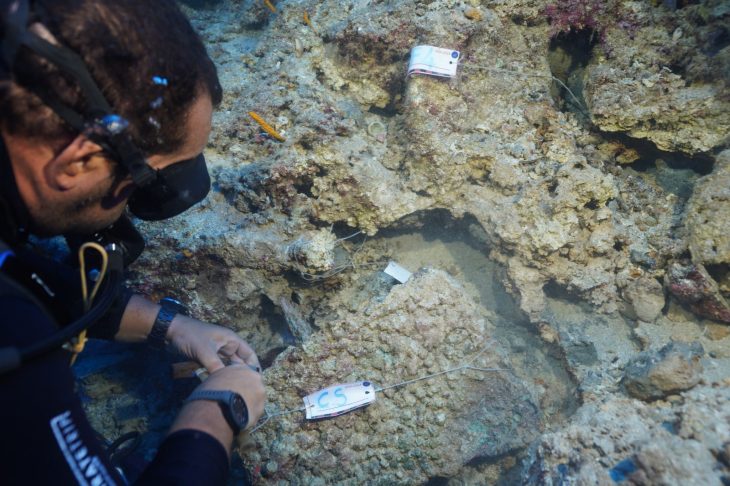In the spring of 2025, an extraordinary archaeological discovery was made in the Breaza commune of Mureș County, Romania, when Moldovan Dionisie-Aurel and Zăhan Sebastian-Adrian, utilizing metal detectors, unearthed a Dacian silver treasure that had been buried for centuries. This remarkable find has not only revealed exquisite artifacts but also confirmed the existence of a Dacian settlement in an area where no prior evidence had been documented.
This discovery confirms the existence of a Dacian settlement in the Breaza region for the first time, and subsequent archaeological research will likely identify the settlement or fortifications to which the treasure may have belonged, as stated by the Breaza Mureș Municipality City Hall in their official announcement.
Dacia was an ancient region that encompassed much of present-day Romania. In the 1st century BC, the Dacians, a native people, inhabited this area. They were known for their skilled craftsmanship, particularly in metalwork, pottery, and textiles. Dacia was known for its rich mineral resources, particularly gold and silver, which contributed to its strategic importance for the Roman Empire. In 106 AD, Roman Emperor Trajan conquered Dacia, incorporating it into the Roman Empire, and it became one of the empire’s most significant provinces.
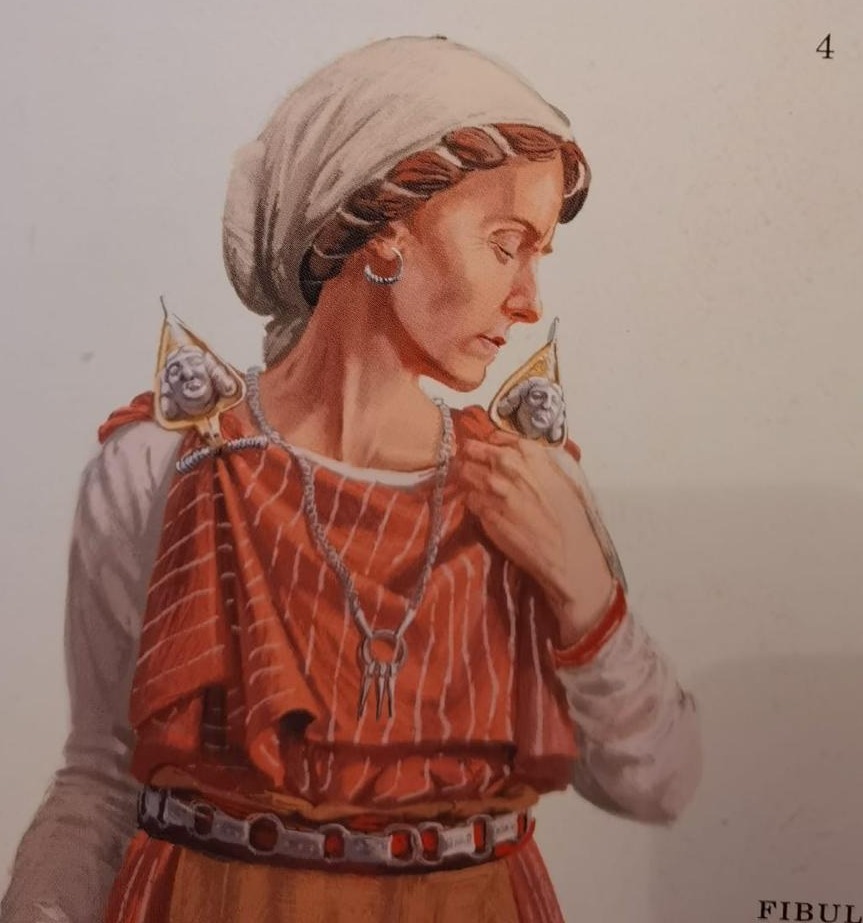
The image illustrates the ways in which the jewelry was worn. Credit: Breaza Mures Municipality City Hal
The treasure consists of six intricately crafted pieces of jewelry, including a circular silver bar bracelet adorned with plant motifs, two knotted fibulae, a smaller fibula with four knots, a neck chain featuring three nail-like pendants, and a girdle made of oval plates interlinked with a series of connections. A rectangular plate decorated with solar motifs is also believed to belong to this belt. Weighing approximately 550 grams, this collection likely belonged to a prominent member of the Dacian aristocracy, serving as a significant symbol of social status during special occasions.
The act of burying the treasure may have been an offering to an unknown deity or a means of hiding it during a tumultuous period in the life of its owner. Regardless of the reason, its presence in Breaza attests to the existence of a Dacian dwelling in the region, a fact that had previously gone unrecognized. This discovery opens new avenues for archaeological research, with hopes that further investigations will identify the settlement or fortifications associated with the treasure.
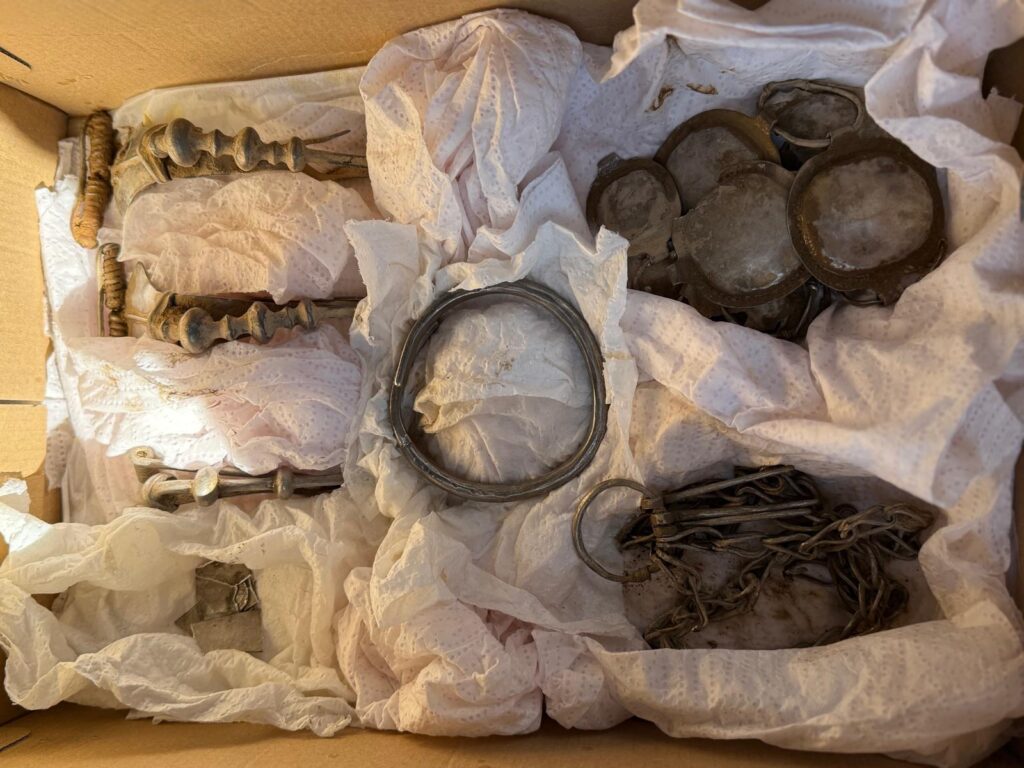
The artifacts have been handed over to state authorities in accordance with the law and are currently under the administration of the Mureș County Museum. The museum plans to document, study, and exhibit the treasure, allowing the public to appreciate the rich history and culture of the Dacians.
This remarkable find not only enriches our understanding of Dacian civilization but also serves as a reminder that the past is never truly lost; it simply awaits rediscovery. The Dacian treasure from Breaza stands as a testament to a vibrant culture that continues to share its stories with us today.
Breaza Mures Municipality City Hall
Cover Image Credit: Breaza Mures Municipality City Hall Facebook

